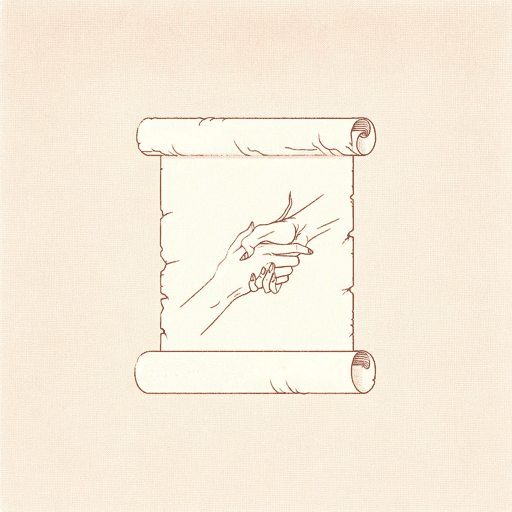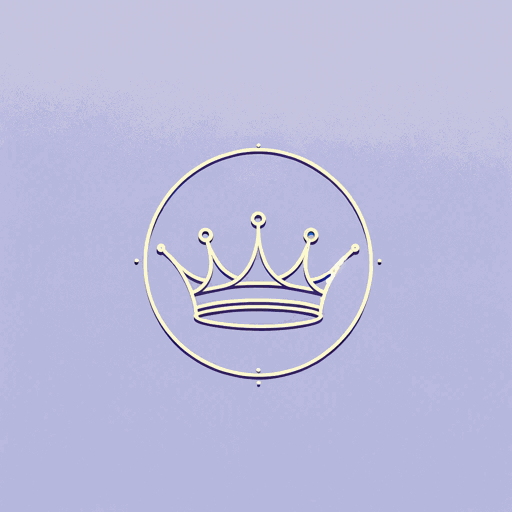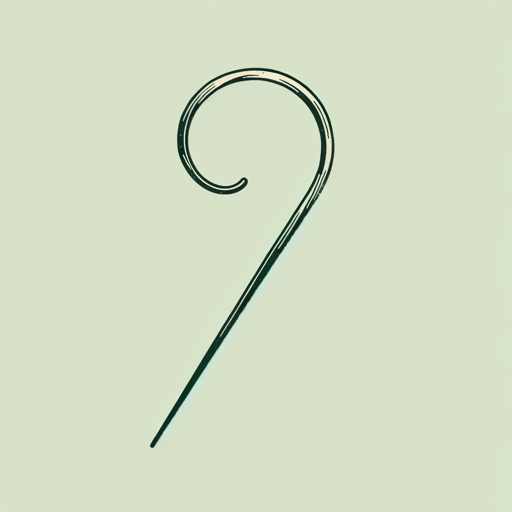30 pages • 1 hour read
Christopher MarloweHero and Leander
Fiction | Poem | Adult | Published in 1598A modern alternative to SparkNotes and CliffsNotes, SuperSummary offers high-quality Study Guides with detailed chapter summaries and analysis of major themes, characters, and more.
Literary Devices
Form and Meter
The poem is written in iambic pentameter, one of the most common forms of versification in English. An iambic foot comprises an unstressed syllable followed by a stressed syllable. A pentameter consists of five iambic feet. The iambic meter can be seen in the following examples: “And there for honey, bees have sought in vain / And, beat from hence, have lighted there again” (Lines 23-34); “But heal the heart that thou hast wounded thus / Nor stain thy youthful tears with avarice” (Lines 324-25).
As many poets do when writing in iambic pentameter, Marlowe varies the metrical base by use of substitutions. A common substitution is the use of a trochee or a spondee in the first foot, which may emphasize a particular word against the expected metrical rhythm. A trochee is a reversed iamb—a stressed syllable followed by an unstressed one. A spondee consists of two stressed syllables. Examples of trochees include “Glistered” (Line 98) “Frighted” (Line 99), “Wretched” (Line 114), and “Strove to” (Line 364). Examples of spondees include “Rose-cheeked” (Line 93), “Blood-quaffing” (Line 151), Chaste Hero (Line 178), “Heaved up” (Line 190), and “Breathed darkness” (Line 191).
Related Titles
By Christopher Marlowe






